Patchwork crafts for home
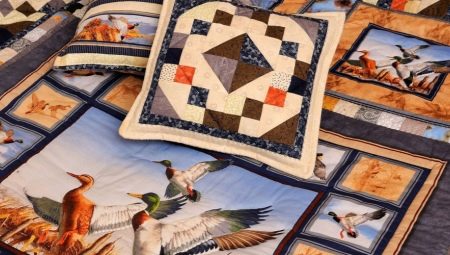
A patchwork blanket, an unusual rug made of fragments of fabric, colorful capes and decorative pillows made of colorful pieces of fabric are familiar to everyone from childhood. But not everyone is familiar with the patchwork style of sewing called patchwork, nevertheless, every housewife who wants to fill her home with comfort, warmth, something sincere and a little childish needs to study this technique.
Peculiarities
The patchwork technique has been known all over the world for a long time. Even in Ancient Egypt, panels were created from fragments of gazelle skin, and at the beginning of the last century, a patchwork quilt was discovered during excavations.
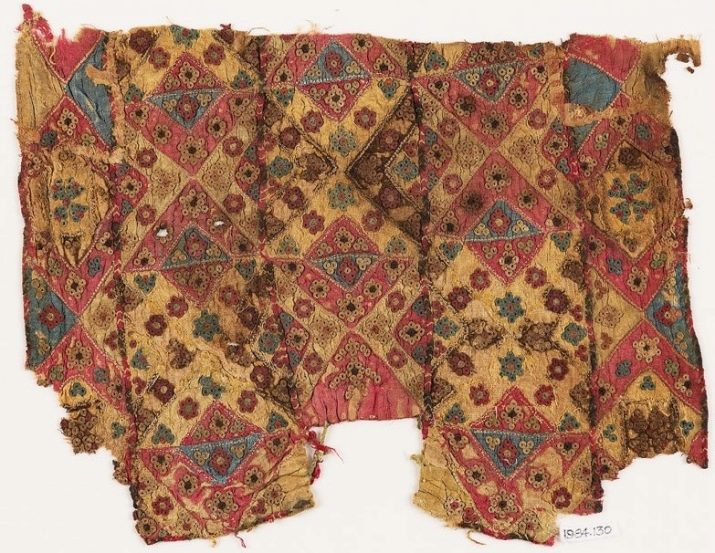
For a long time, sewing from scraps of fabric was relevant due to a shortage of material. However, over time, the hostesses realized that such products are very beautiful, sturdy and original. That is why patchwork has migrated to the category of applied arts and is gaining popularity these days. Especially often Patchwork products decorate houses decorated in country, Provence and Scandinavian styles... Such sewing is relevant within the framework of the "hygge" idea, when creating a cozy and homely atmosphere comes to the fore when decorating a home.
The patchwork technique does not require expensive materials and special tools; even novice craftswomen can cope with it.
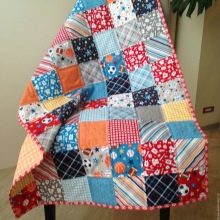
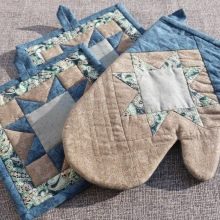

The execution of any product in a patchwork style includes several steps.
- Collecting the necessary materials and tools... For a patchwork product, you will need fabric, threads and tape for decorative edging. For soft products, you should also prepare a filler. Standard working tools are used - a sewing machine, needles, scissors, a simple pencil and a ruler.
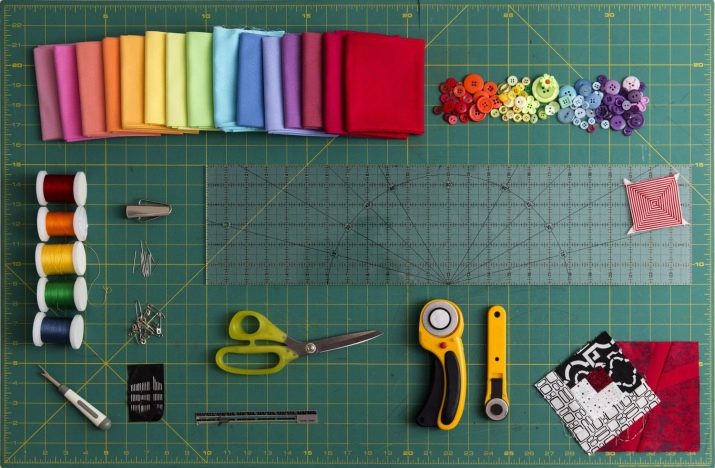
- Material preparation... The color of the selected fabric must be combined with the overall tint palette of the interior.Before cutting the fabric into rags, the material must be thoroughly washed, dried and ironed thoroughly.
If you are working with a cotton cloth, then you can first starch it to make it harder.
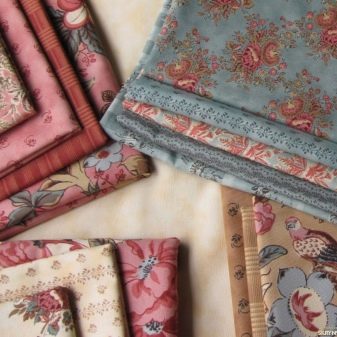
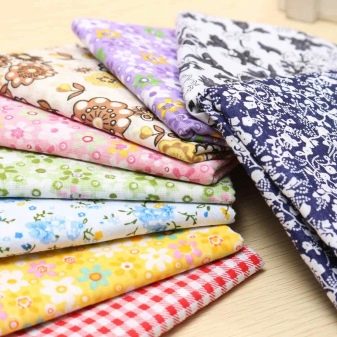
- Sketching... In order for the finished product to turn out to be truly stylish and beautiful, you first need to create a working scheme. In it, you should compose the correct combination of patches, depending on their shape, size and color scheme.
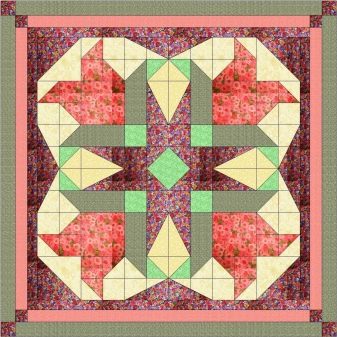
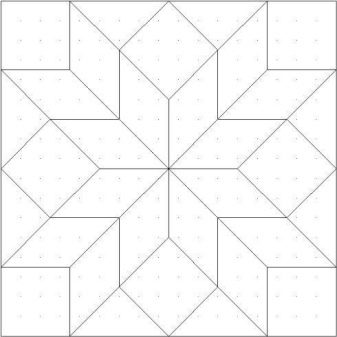
- Pairing... Fragments of fabric are put in pairs and stitched. After that, the fabric should be ironed so that the raw edges are directed in different directions.
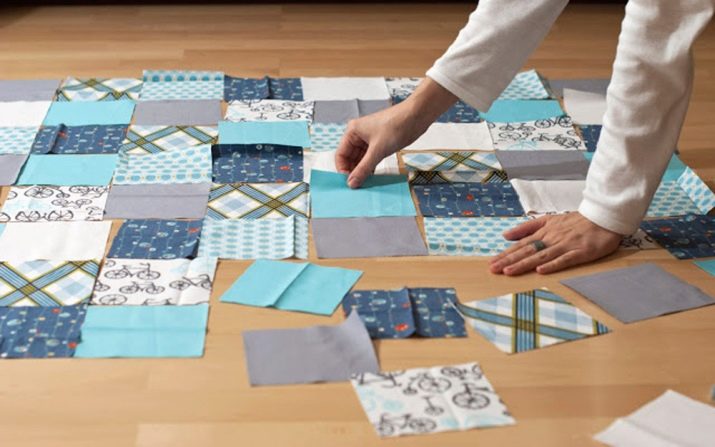
- Product formation... The pairs are sewn together and ironed again. According to a similar scheme, they continue to make up the entire product - the squares are combined into blanks of 8 flaps, then 16 each, and so continue to work until the product takes the desired shape and size.
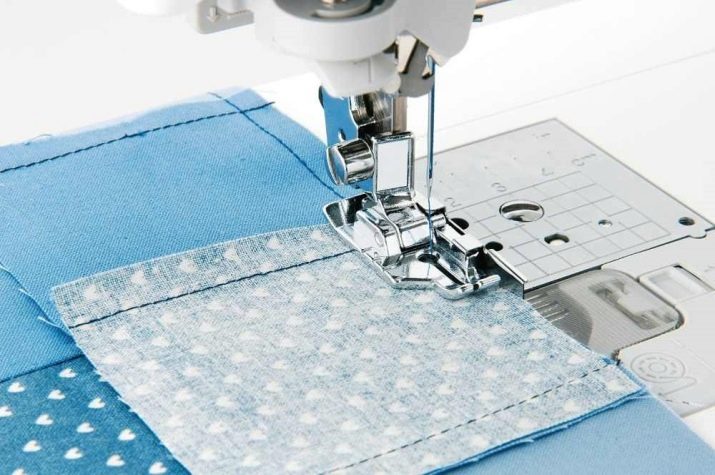
- Adding filler. Cloths of fabric are folded seamy sides to each other, and then any chosen filler is placed between them - it can be batting or synthetic winterizer.
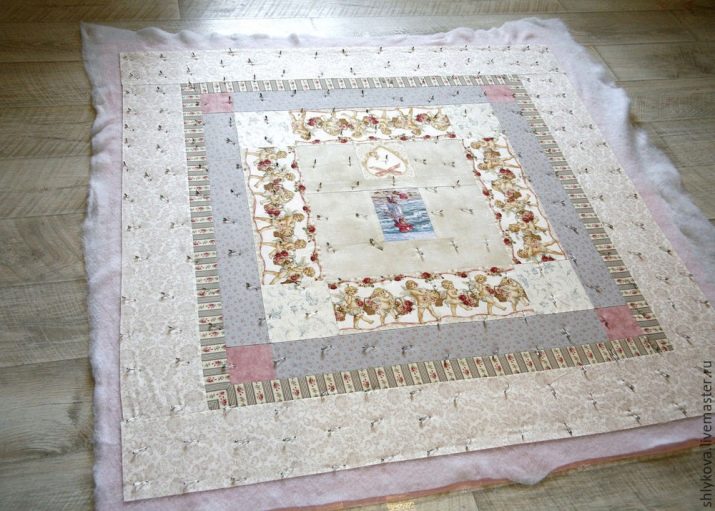
- Compound... The resulting blank is cleaved with safety pins and sewn around the perimeter.
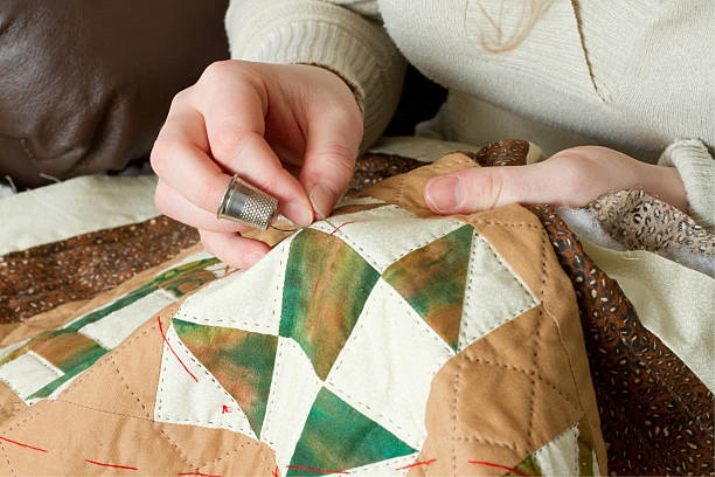
- Finishing... Finished products are decorated - trimmed with tape or inlay.
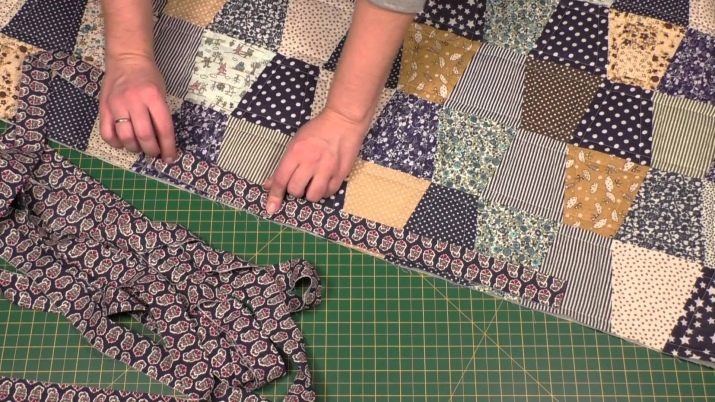
The result is a simple, but at the same time very cute little thing that, no doubt, will decorate the interior of your home.
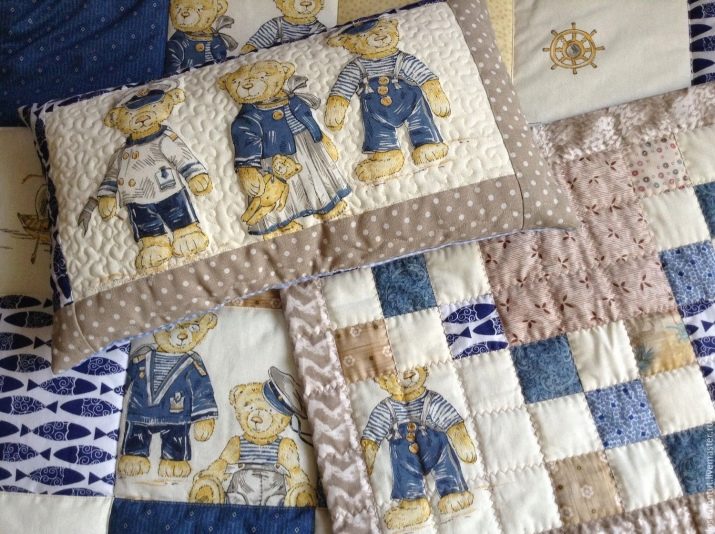
Interesting ideas
Nowadays, when patchwork is experiencing its second popularity, in many retail outlets for home and everyday life, you can buy ready-made patchwork products. But you must admit that it is much more interesting and exciting to do all the work yourself - in this case, you can create a thing that will best meet your wishes, expectations and interior features.
First of all, take a close look at your home and think about what kind of interior space you plan to place such a decor in - it could be a living room, kitchen, bedroom or, for example, a veranda.
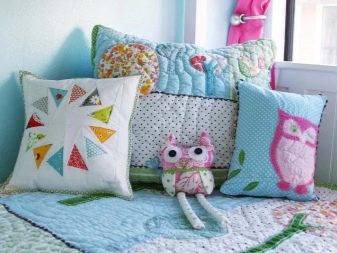
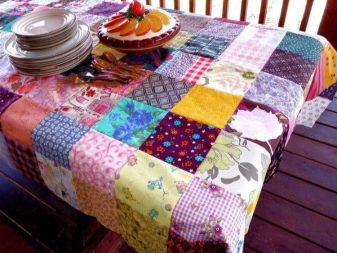
After that comes the most important step - determining the type of product. Ideas here can be very different, limited solely by the level of skill and your own imagination. but it is important to keep in mind that patchwork is inherently colorful sewing... Even in the case when you plan to use pastel shades, the product will still turn out bright and will immediately catch your eye. Therefore, no matter where you plan to place, for example, a blanket or a blanket, there should not be too much of it. Otherwise, you will simply have ripples in your eyes, and such a decor item will give the opposite effect.
There are many ideas for creating interesting things.
- For the bedroom can be made a patchwork bedspread, as well as a pillow-dummy or plaid... However, not every craftswoman can have the skills, abilities, and patience to make a large blanket.

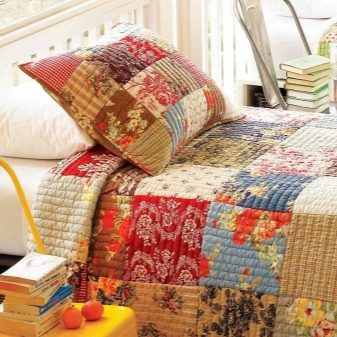
- In this case, you can pay attention to the kitchen. Models for the design of this functional area are smaller in size and at the same time simple to implement. It can be napkins, chair covers, tablecloths, runners or potholders - such work is within the power of even inexperienced needlewomen. If we are talking about the kitchen, then there are no restrictions on the tint palette - the shades can be saturated and at the same time not even combined with each other. Do not forget about kitchen windows as well, as they invariably attract the eye.
If you hang the so-called "gypsy curtains" in the patchwork style on them, then they will surely become a highlight of your original interior.
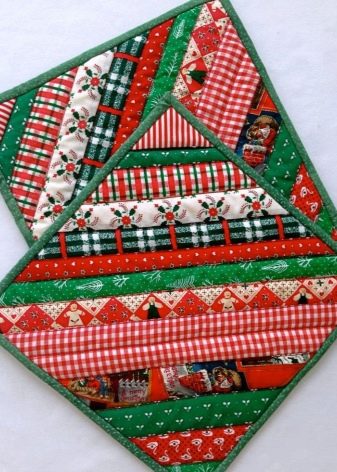

- Quite a few interesting patchwork ideas can be found for living rooms as well. In the patchwork style, you can always give a second life to your beloved, but already old chair, having sewn a cape from large bright stripes or squares. You can always decorate the sofa with a stylish blanket or large pillows.... A country-style room can be decorated with all the same "Gypsy" curtains from the remnants of matter, if you wish, you can always make small rug and place it at the foot of the sofa. The most important thing in this case is not to overdo it.
It is advisable to make sets in the living room - these can be bedspreads / pillows, as well as pillows / cape for an armchair or curtains / rug. It is important that they are sewn from the same fabric and in the same color scheme.

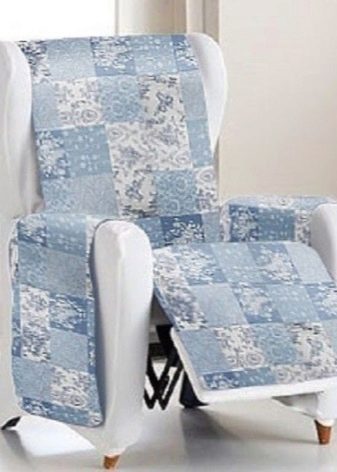
- In patchwork, you can perform not only individual products, but also decorate an entire wall - for this they make patchwork panels... The order of work here resembles work with any other product: several pieces of fabric are sewn into one pattern and fixed. The finished panel is nailed to plywood or a cardboard base and hung on the wall. If you wish, you can always insert it into a wooden frame - in this case, it is better to give preference to a monochromatic matte material so that it does not distract attention directly from the panel.
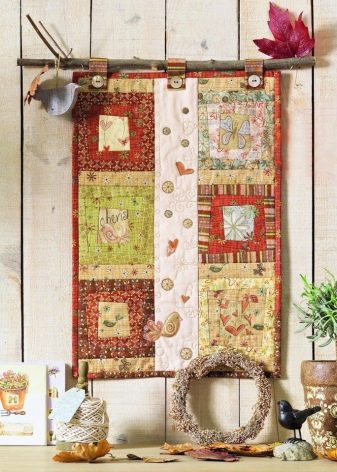
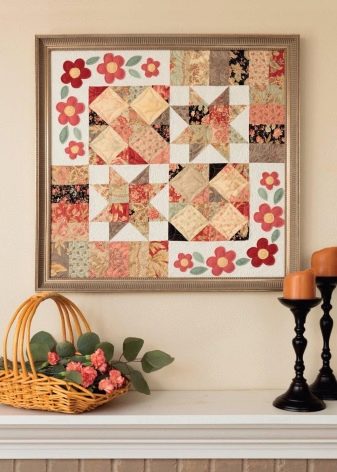
- There are many interesting patchwork sewing ideas for children. It can be pillows with images of the faces of your favorite animals or even toys.
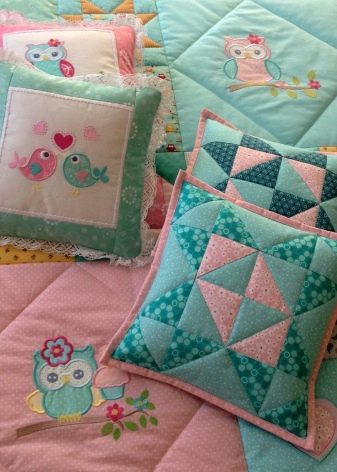
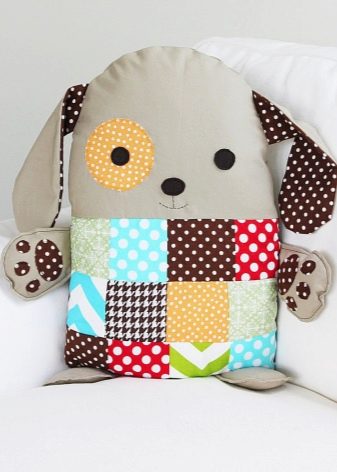
Advice
Patchwork needlework is not particularly difficult, however, it also requires some work skills. Experienced craftswomen highlight a number of rules, following which you can get a truly stylish product that can take its rightful place in your home.
- Correct selection of material... The fabric must be combined according to the tint palette, print theme, and also have a similar texture and density. Most often, craftswomen use chintz or silk fabric, as well as velvet, denim or material for upholstery. It is better not to take knitted fabrics, since their ability to stretch can lead to deformations of the finished product.
- Template validation... Experienced needlewomen always advise beginners to work out mosaic patterns for large products, first making them in a miniature version. Of course, this will take a lot of time, but this is the only way you can make sure the template is accurate, detect the most difficult areas in advance and find possible solutions to the problem. Remember - it is always difficult to correct mistakes in an already finished large work, in this case there is a great risk of completely spoiling the appearance of the product.
- Steaming and ironing... All things in the course of manufacturing necessarily go through several stages of heat treatment: first, the fabric is carefully ironed before making the patterns, after that the already prepared flaps are ironed out, and at the end of the work the craft is necessarily steamed.
- Master classes... If you are just taking your first steps in patchwork, be sure to study master classes - they are freely available on the Internet. In them you can find a step-by-step guide to work, following which exactly you can quickly and easily make stylish and beautiful items for your interior.
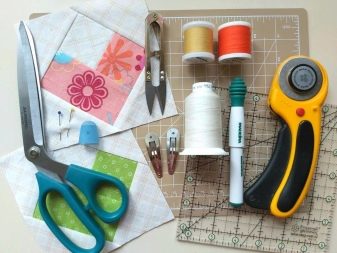


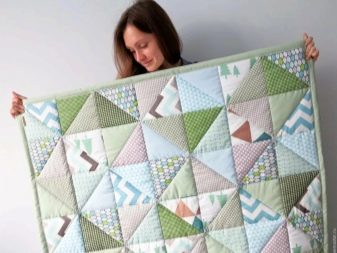
A two-part master class on sewing a patchwork quilt - see below.








